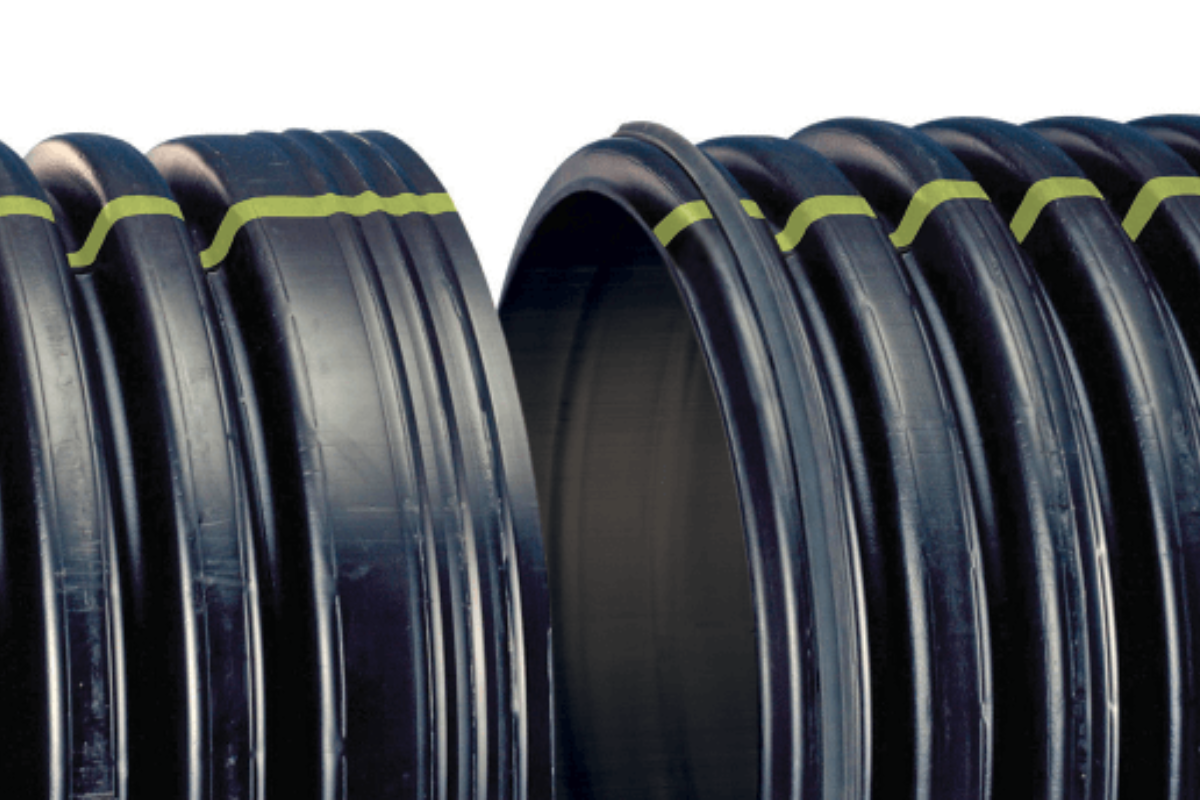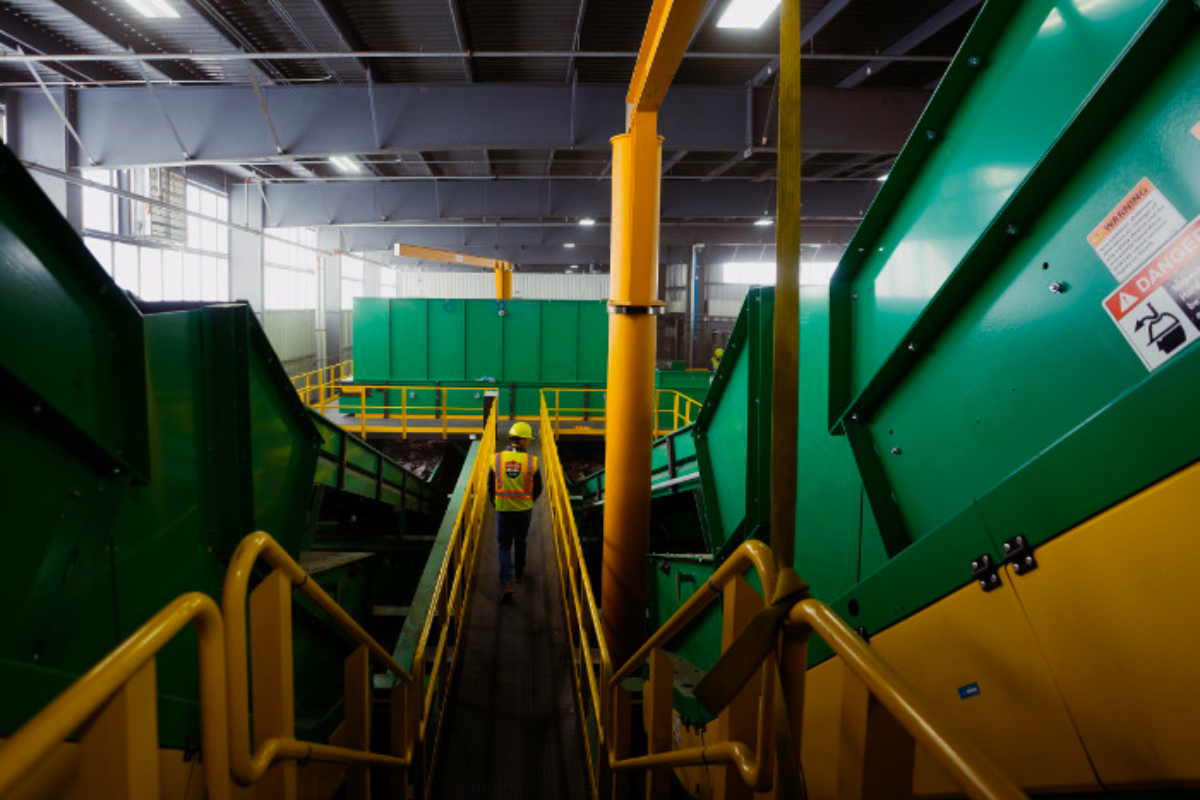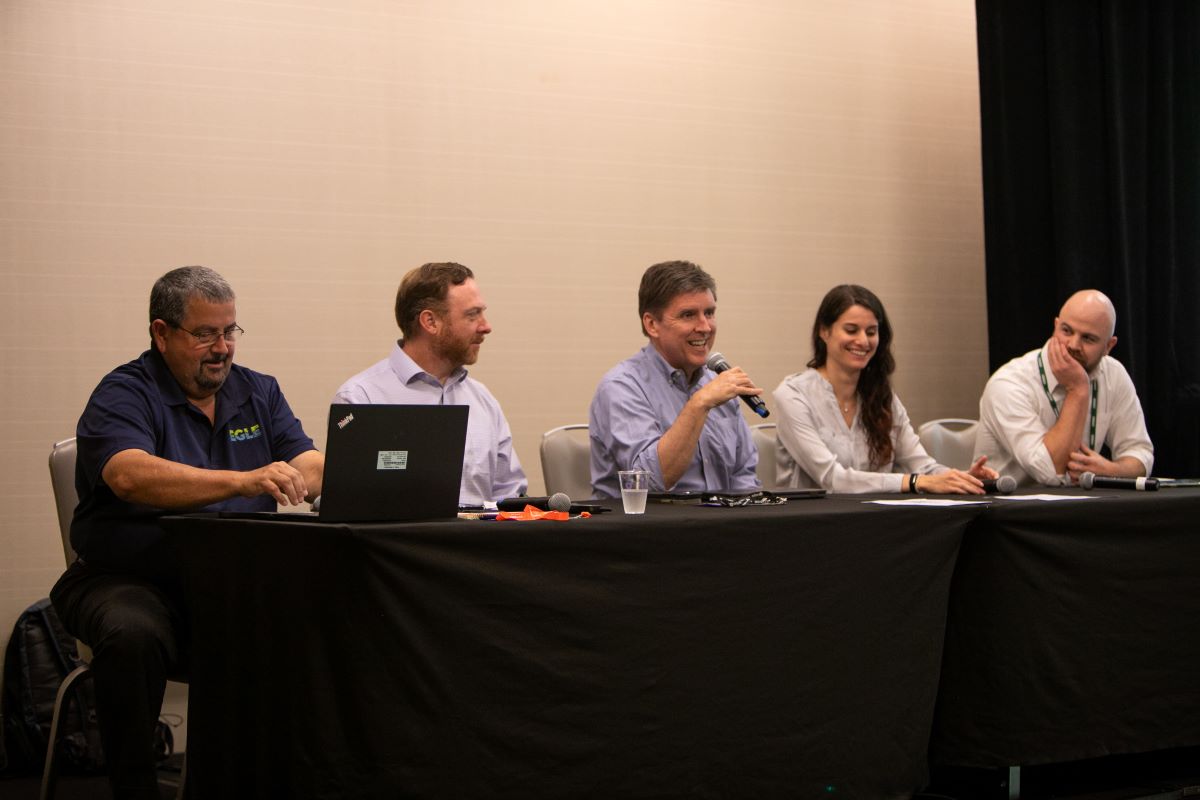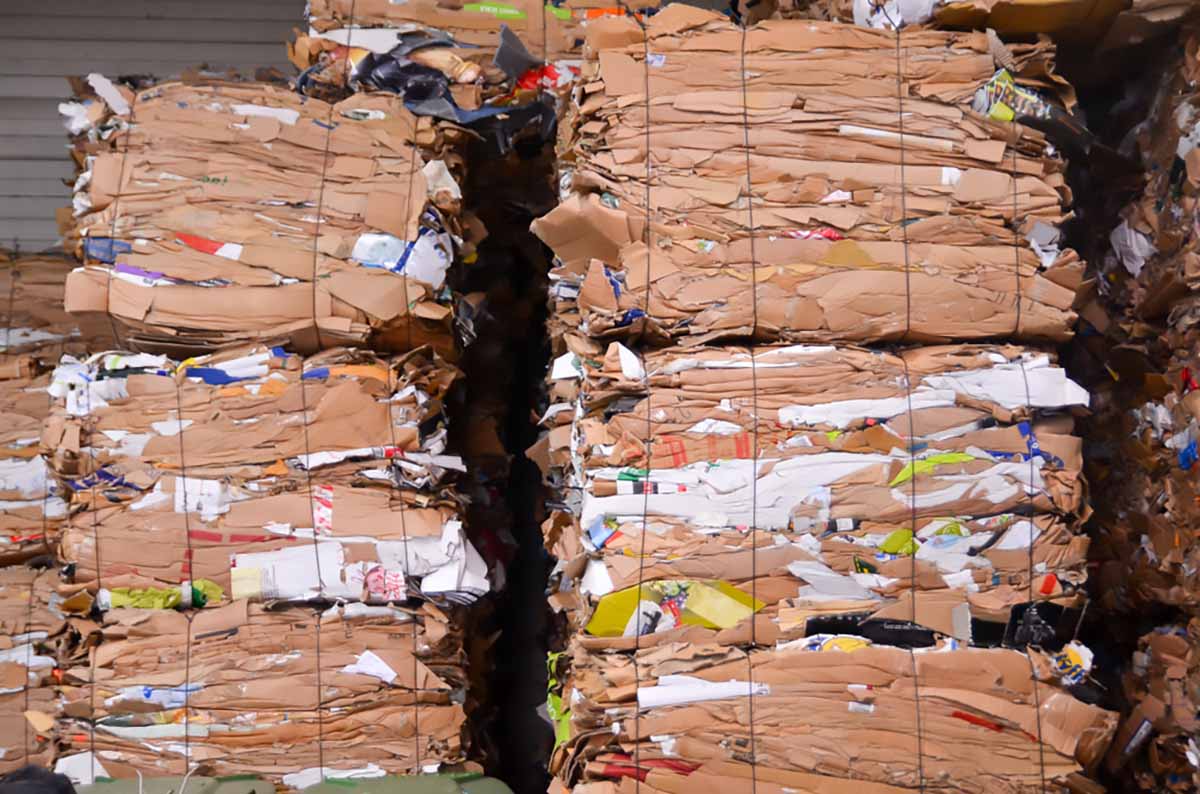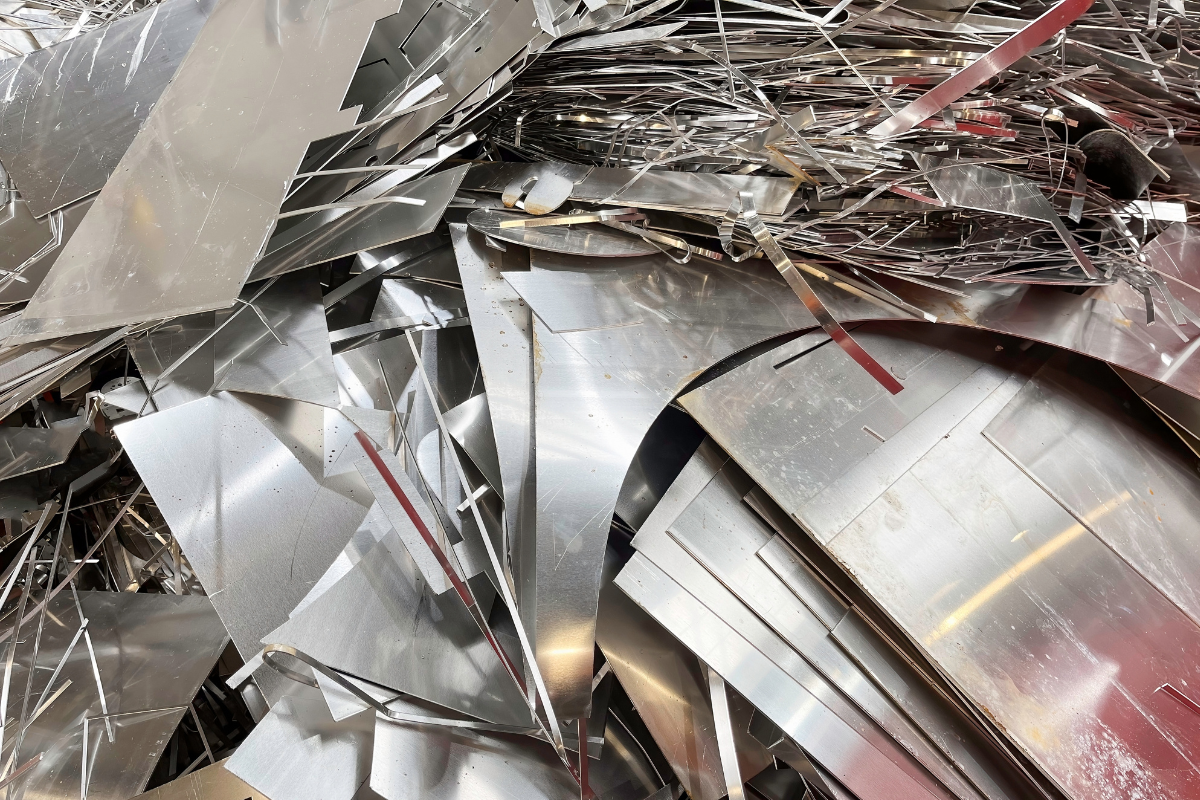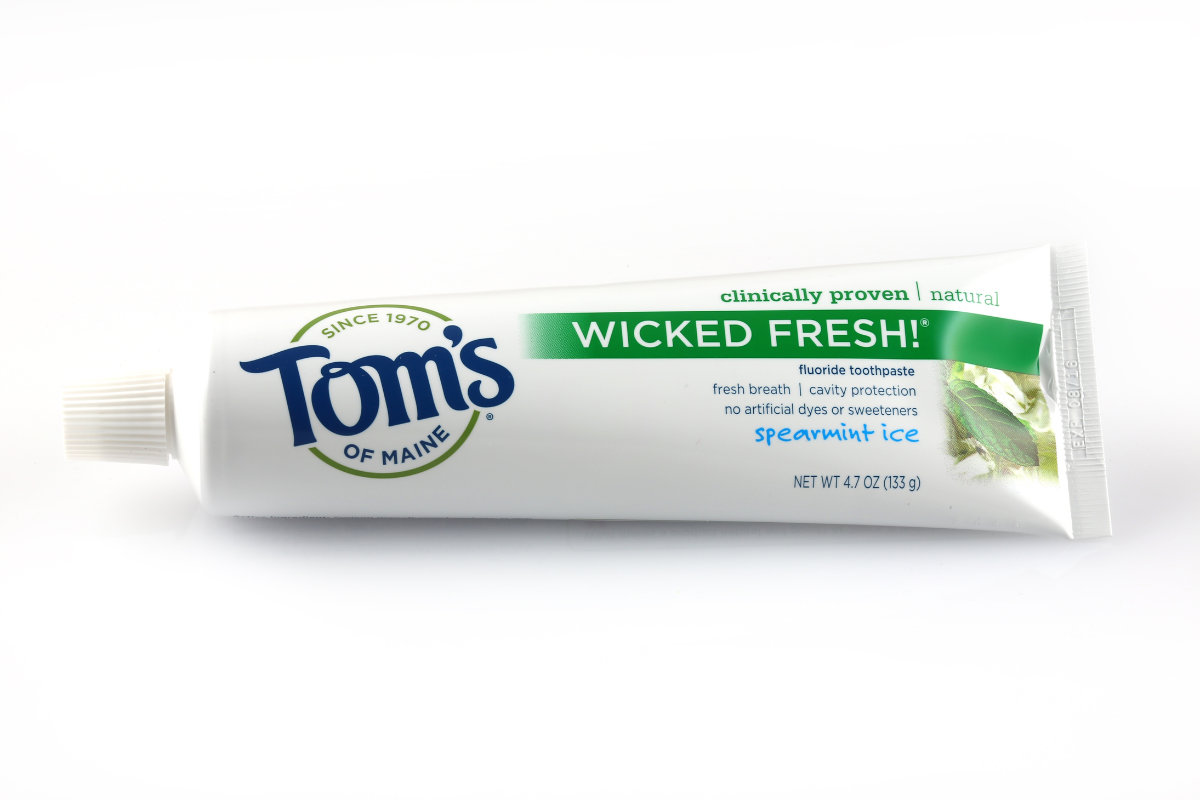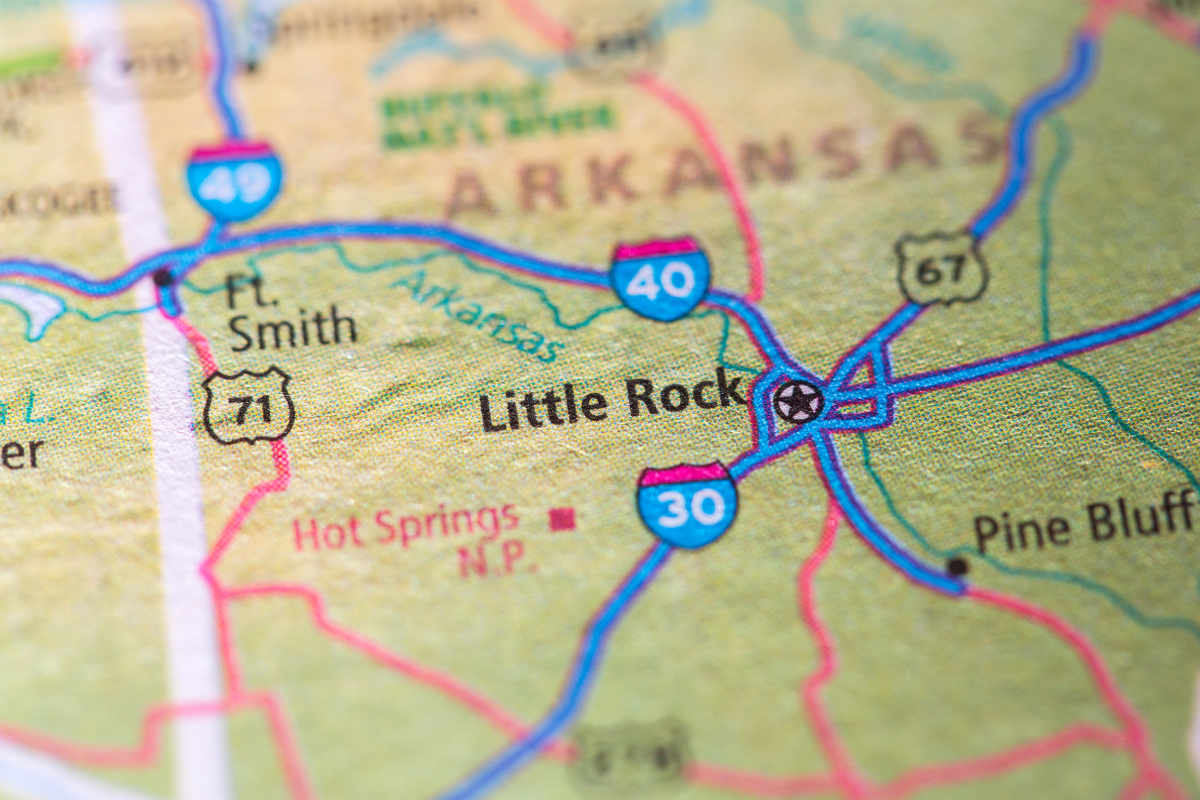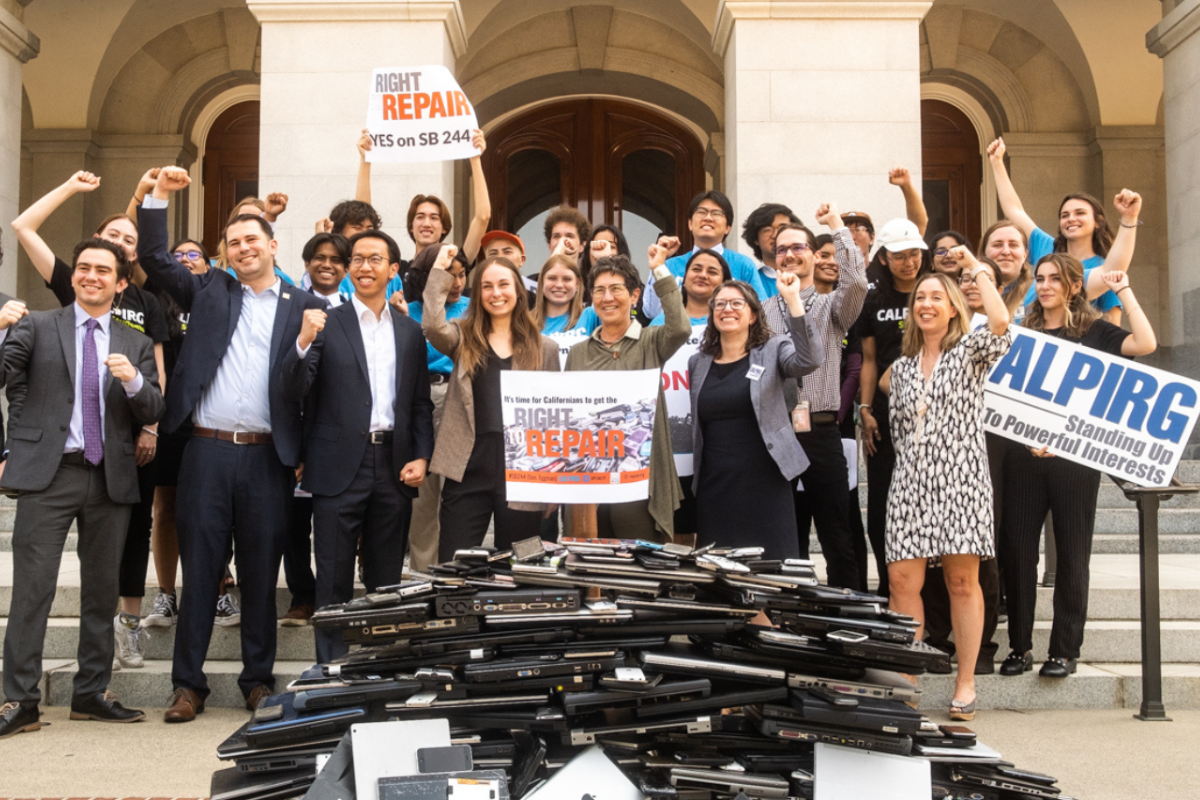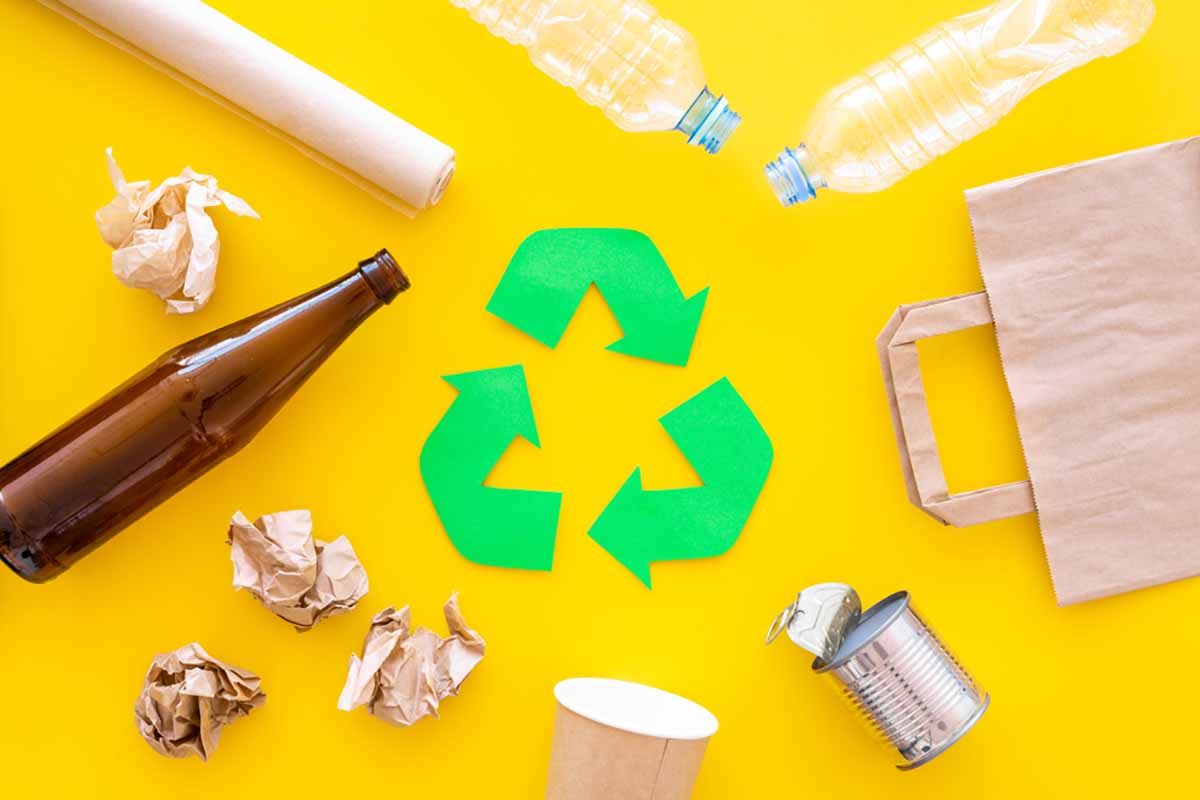
Companies such as Prairie Robotics and AMCS Group are leveraging AI to craft more robust analytics, all the way down to the individual household level. | 9dream Studio/Shutterstock
Artificial intelligence is now well established in MRFs as a tool for sorting material and dramatically reducing contamination. Now, multiple companies are taking AI to an earlier stage of the recycling process by mounting cameras on collection trucks. Continue Reading


 Marissa Heffernan worked at Resource Recycling from January 2022 through June 2025, first as staff reporter and then as associate editor. Marissa Heffernan started working for Resource Recycling in January 2022 after spending several years as a reporter at a daily newspaper in Southwest Washington. After developing a special focus on recycling policy, they were also the editor of the monthly newsletter Policy Now.
Marissa Heffernan worked at Resource Recycling from January 2022 through June 2025, first as staff reporter and then as associate editor. Marissa Heffernan started working for Resource Recycling in January 2022 after spending several years as a reporter at a daily newspaper in Southwest Washington. After developing a special focus on recycling policy, they were also the editor of the monthly newsletter Policy Now.